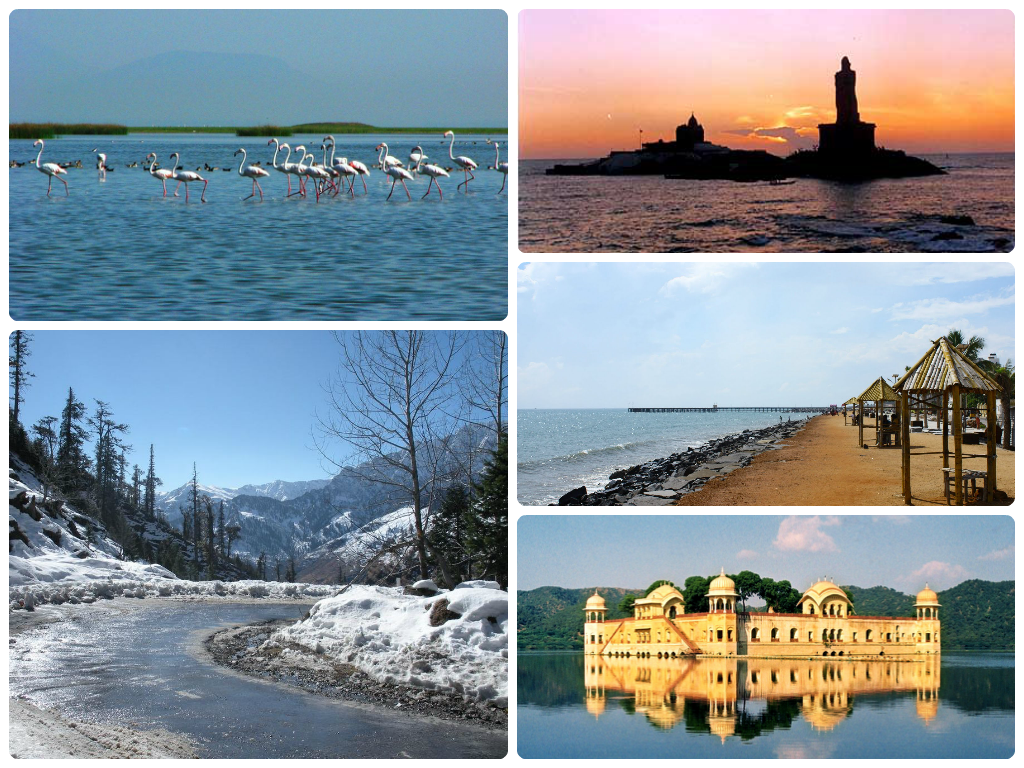The world is mourning the death of Nelson Mandela, an extraordinary man, a symbol of strength, dignity, leadership, survival and courage. Our children’s generation (many of whom were born after Mandela was freed), cannot even comprehend the 27 years of imprisonment he suffered and how he was able to win freedom for his country, the last remnant of European colonialism and the symbol of the dreaded apartheid. In telling the story of this great man to our children, there are several lessons we can impart:
1. The courage to hang in there: what you think is difficult is almost negligible compared to what Mandela went through. Unlike most political prisoners, Mandela was treated as an ordinary prisoner and given hard and menial tasks, and even contracted TB as a result. But as Mandela himself said, “Difficulties break some men but make others.” About his persistence, he said, “Do not judge me by my successes, judge me by how many times I fell down and got back up again.”
2. Do not hate: Mandela would have been fully justified if he can come out of prison filled with hate. What is extraordinary is that he bore very little ill feeling towards his captors, saying, “No one is born hating another person because of the color of his skin, or his background, or his religion. People must learn to hate, and if they can learn to hate, they can be taught to love, for love comes more naturally to the human heart than its opposite.” This is so true for us parents, and we should use the story of Mandela to show how hate and bigotry should be shunned.
3. The importance of education: If Mandela could get a law degree in prison, in spite of working under back-breaking conditions breaking rocks in the lime quarry, clearly he saw tremendous value in it, realizing that “Education is the most powerful weapon which you can use to change the world.” We should teach our children to make education a priority, and that is only long-term and peaceful way to change the world.
RIP Madiba.
Re-published with permission from the blog of ParentEdge, a bi-monthly parenting magazine that aims to expose parents to global trends in learning and partner with them in the intellectual enrichment of their children.This blog was written by Gayatri Kulkarni

